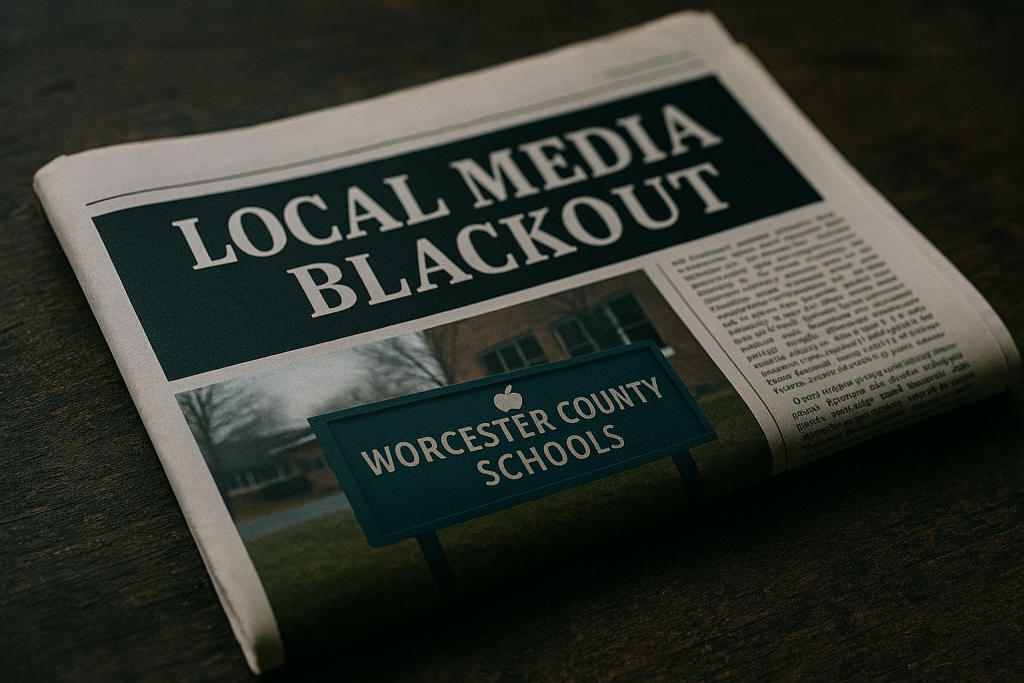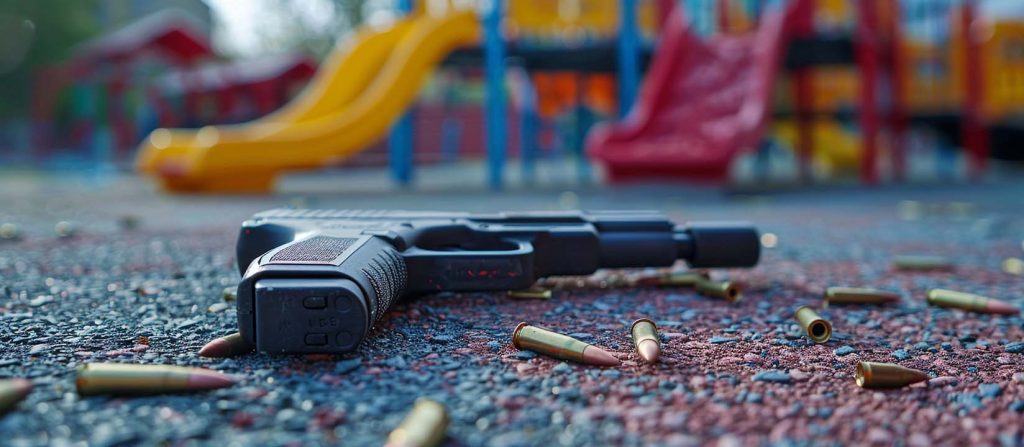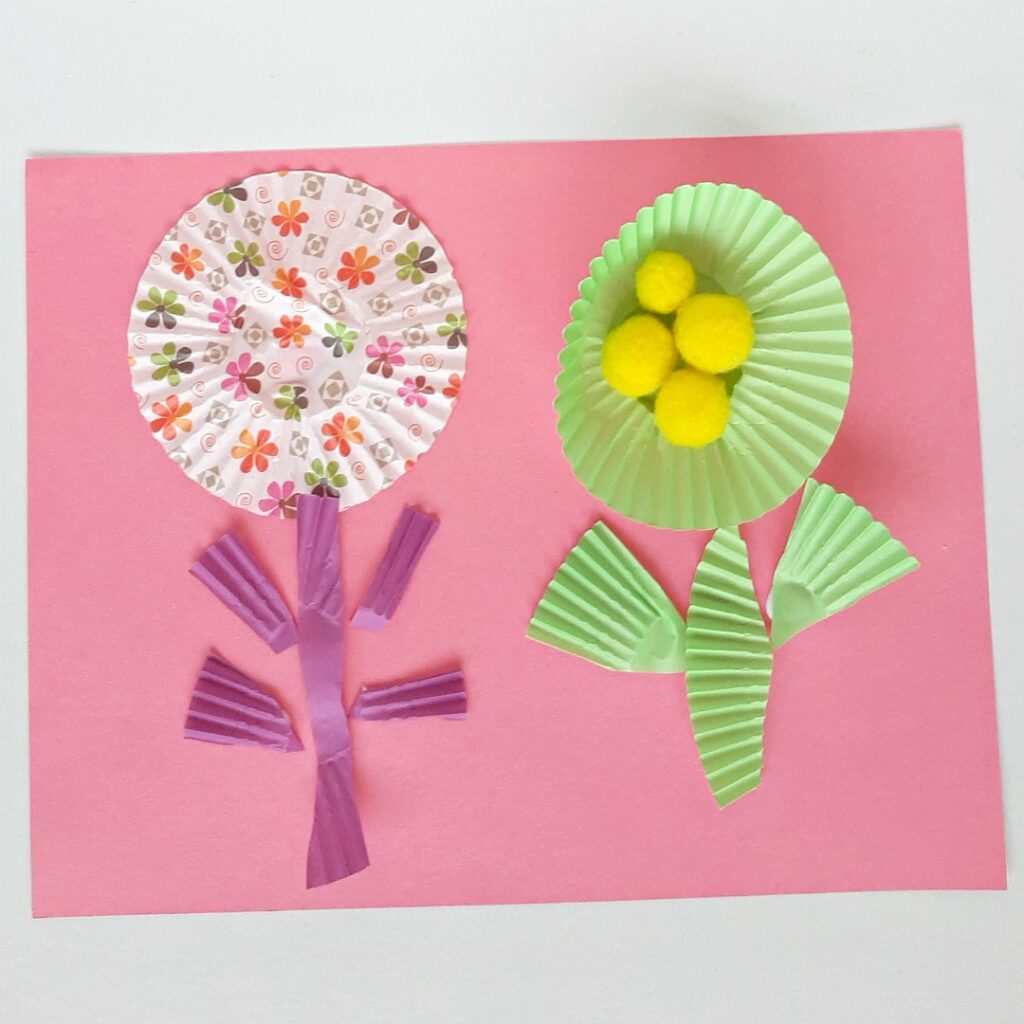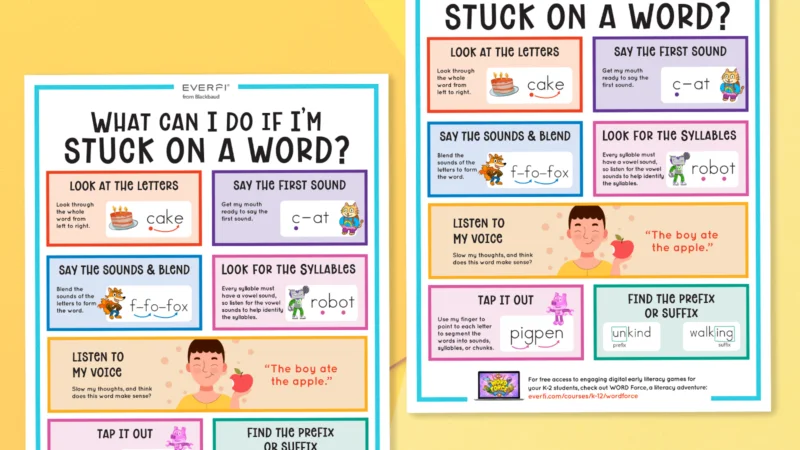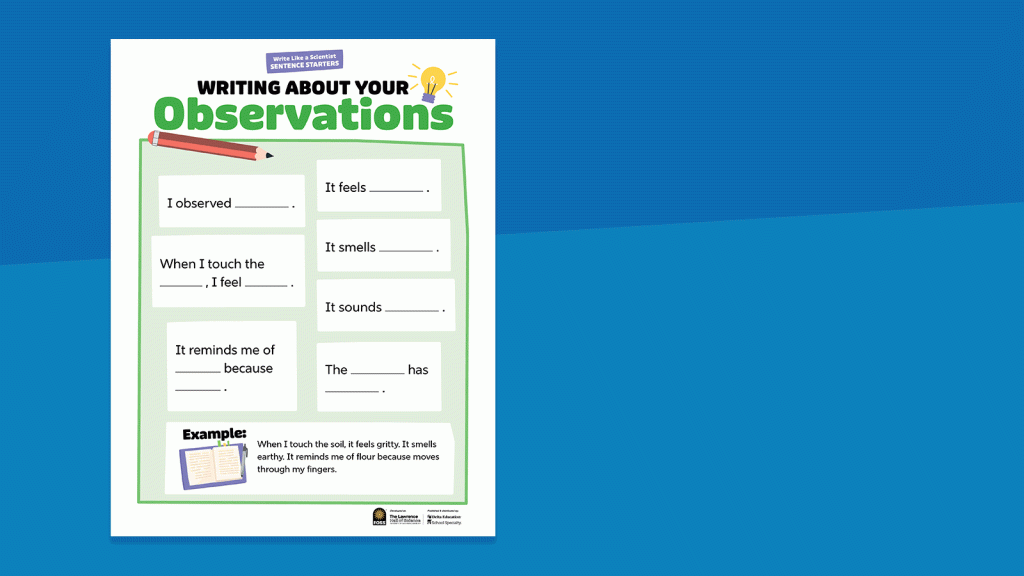
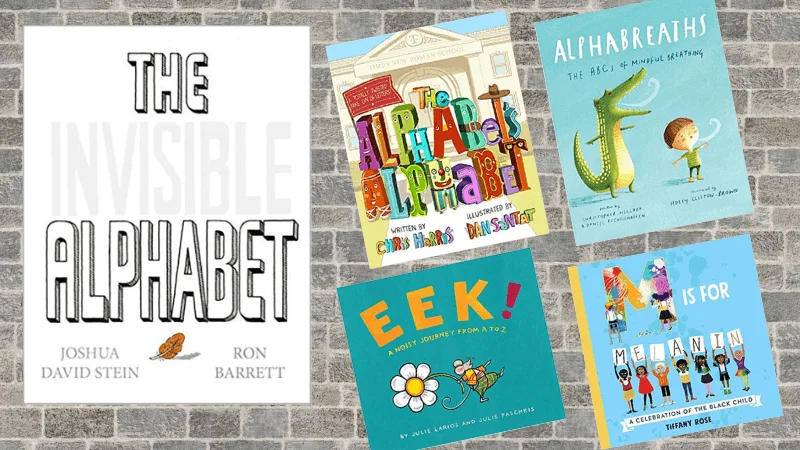
36 Fun Alphabet Activities That Make It Easy for Kids To Practice Their ABCs
Alphabet activities make learning their ABCs more fun for kids. There are so many ways to practice your ABCs, you might be able to do one alphabet activity a day for a year without repeating. We’ve gathered 36 super-fun alphabet activities so kids can play and learn every day. Share this article with parents too so kids can practice at home!
1. Read alphabet books
Always our number-one go-to, especially with little ones: Read, read, read! There are hundreds of books to choose from that explore the alphabet. Here’s a list of 16 of our favorite alphabet books to help you get started.
2. Play alphabet hide-and-seek
Set up a sensory bin with sand, rice, or cornmeal and hide plastic alphabet bins inside. Challenge students to find a letter, identify its name and sound, and keep track of the letters they find on a whiteboard or piece of paper.
3. Write letters on dried beans

Large dried white beans are inexpensive to purchase and easy to write on. Grab a Sharpie and write all the upper- and lower-case letters on them. Then put each set in a pile (or baggie) and ask your kids to match them.
4. Line up in alphabetical order
Give each student an 8 x 11 piece of card stock with one letter written on it. Call out the ABCs one at a time and have students line up in alphabetical order. For example, call out the letter A. Students will look at their cards and whoever has A will start the line. Next, call out the letter B. That student joins the line. Continue until you get to the end of the alphabet.
5. Match uppercase and lowercase letters

Help your students learn to match uppercase and lowercase letters with this fun game. Using a Sharpie, label a divided container (like a mini quick pan or muffin tin) with lowercase letters. Give students a collection of uppercase alphabet beads and have them place the corresponding letter in the right compartment.
6. Use alphabet tracing strips
Sometimes learning a new skill takes repetition. Give students time to practice writing the letters in the alphabet with alphabet tracing strips.
7. Letter sort with sticky notes

Write individual letters on sticky notes and then place them all over your house or just on every stair in a staircase. This practice game has a lot of variations—all tied to sorting. Ask kids to sort by:
- Lowercase letters
- Uppercase letters
- Letters in their name
- Straight lines (H)
- Curved lines (c)
- Both curved and straight lines (B)
- Consonants
- Vowels
For even more practice, have them sort their finds into alphabetical order, match lowercase letters to uppercase letters, and then, find a way to sort them that’s new.
8. Use Q-tips
Let students dip Q-tips into paint and fill in letters on these Q-tip Letter Cards. Other tools you can use are pencil erasers or pushpins that students can use to poke holes.
9. String together letter beads

Letter recognition is the first step on the way to literacy. Help your students learn their letters with this fun bead-stringing activity. All you need is pipe cleaners, large alphabet beads, and small alphabet beads.
10. Write letters in shaving cream

Squirt shaving cream on a table and let your kids write letters in the cream. Smooth it out to erase and start again. Bonus: Their hands and your table will be cleaner than ever!
[contextly_auto_sidebar]
11. Serve up some alphabet soup

Teach kids name recognition with this alphabet soup game. Get instructions at Play Teach Repeat.
12. Take it outside
Take your little ones outside with sidewalk chalk and let them practice their letters in the sunshine. Give students letter cards attached to an O-ring to work from.
13. Bend letters with pipe cleaners

Pipe cleaners have always been a trusted source for fine motor practice as well as a fun craft resource. Now use them to have kids create uppercase and lowercase letters.
14. Use an ABC floor mat
Invest in an inexpensive interlocking foam alphabet floor mat for your classroom. Kids can get down on hands and knees and trace each letter with their finger. Or do a little one-on-one with a student and have them hop to the letters you call out. For more ideas, check out this list of activities.
15. Make sensory ABC bags

This one is great because you can change up what you put in the bags and even move to sight words. You’ll need a gallon bag with a ziplock top. Add letters written on pieces of paper, magnetic letters, scrabble tiles, or anything else you can think of with letters. Then fill the bag with rice or oatmeal and seal it. Kids dig through the rice in the bag to find the letters. When they find them, they write down the letter they find until they locate all 26 letters of the alphabet.
16. Find invisible letters with watercolors

This is a classic. Using a white crayon, draw letters on a piece of white paper. Give your kids watercolors, let them paint the paper, and watch the letters appear.
17. Play musical alphabet
Set up letters in a big circle on the floor. You can use magnetic letters or just write them on index cards. Put music on and have your child walk around the circle to the music. When the music goes off, your child tells you the closest letter. Expand on it: Ask your child to name three things (colors, animals, etc.) that start with that letter.
18. Sponge the alphabet

Cut sponges into letters and use them for sponge painting letters or playing in the tub, or at school at a water table.
19. Put together name puzzles
Write the uppercase and lowercase letters in a name and then cut them apart in a simple zigzag. Mix up the letters and ask a child to match them up and put them in the right order.
20. Make letters from nature

Discover the alphabet right outside your door. Choose natural objects that already look like letters, or arrange them to form letters of the alphabet.
21. Eat your ABCs

We know from Alphabet Soup that eating your ABCs is plain old fun. So think of all the ways you can practice the alphabet at mealtime. Pancakes can be made into letters, Jell-O can be cut into letters, noodles can be used to make letters, and there’s even a recipe from Raspberri Cupcakes for making alphabet marshmallows.
22. Go on an alphabet scavenger hunt
The fun part about this for grown-ups is that there is no prep. Tell kids to go find objects that start with each letter of the alphabet. To make this game take longer, designate spots for them to bring each item back—one at a time. Every item must be approved before they can move on to the next. This allows for fewer meltdowns at the end when an item is deemed inaccurate.
23. Make your own ABC book

Personalizing the ABCs helps kids process and retain their learning. One of our favorite alphabet activities starts by creating a book out of 26 pieces of paper and staples or hole punches with a ribbon. Have kids write an uppercase and lowercase letter on each page. Finally, have them draw or cut out pictures of things that start with each letter.
24. Create ABC pop-up books
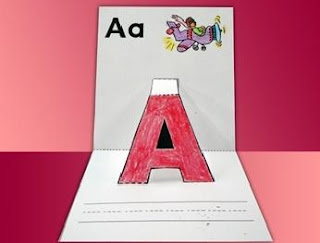
Use the tutorial video to learn how to make different kinds of pop-up pages. Then, create a page per week for 26 weeks for each letter. At the end, use a glue stick to glue them all together to make an ABC pop-up book!
25. Stamp letters in play dough

Roll out play dough and push letter stamps right into the dough. Alphabet activities using play dough are both tactile and great for practicing pre-reading skills.
26. Make tactile letter cards

There’s lots of research (and experience) to support the value of using all the senses to learn. Making these tactile alphabet cards will be fun and have lasting benefits.
27. Trace letters in spices

This one combines touch, smell, and sight. It gives you an opportunity to talk about what we use spices for as well. Put the bottle in front of a child and have them write the spice name in the spice to make things a bit more challenging.
28. Study a letter of the week

Many pre-K and kindergarten classes do a letter of the week, and for good reason. Teaching instant recognition of letters and practicing writing them is so important for learning to read. Doing alphabet activities for one letter each week reinforces knowledge and recollection.
29. Do the yoga alphabet
Show kids this video and take the time to learn each yoga pose. Connecting the mind and the body is great for learning.
30. Sing songs about the alphabet
Everyone loves to sing The Alphabet Song, but did you know there are lots of other songs to sing that can help you remember the alphabet? Try out this Sesame Street favorite.
31. Draw pictures from letters

Using letters as a starting point, teach kids how to draw. If this is too difficult at first, just write a letter and then draw a picture around the letter.
32. Highlight letters on a page
Print a page of text or grab your favorite magazine and a highlighter. Ask kids to highlight as many of one letter as they can find. This is also great for sight word recognition. Here’s a freebie from The Inspired Apple to get you started.
33. Do-a-Dot letter tracing
These fruit-scented dot markers you can buy on Amazon make tracing letters more fun and help kids with directionality and remembering how to write and recognize letters.
34. Play letter slap
Make two sets of index cards with all the letters on them (52 cards in all). Shuffle the cards together and deal them so each kid holds 26 cards. Together each player takes their top card and turns it upright. The player with the letter closest to A wins the hand and takes the card. If two of the same letter are played, the players slap the card. The one on the bottom of the slip wins the hand. The game ends when one player holds all the cards.
35. Match plastic egg letters

Surely you have some plastic Easter eggs hanging around your attic. Use a Sharpie or letter stickers to put an uppercase letter on one half and a lowercase letter on the other. Then separate the two and throw them all in a basket. Kids pull them out and match them up. Tip: Add difficulty by not coordinating the colors.
36. Create loose-part letters
Loose parts are exactly what they sound like—a collection of loose materials or objects. These can be small pebbles, bottle caps, random LEGO bricks, seeds, keys—anything. Draw big letters on a piece of paper and have kids line up loose parts to make the letter.
Recognizing letters is a fundamental part of learning how to read. Without it, children struggle to learn letter sounds and identify words. Beginning readers who know their alphabet have a much easier time learning to read. Making alphabet practice a part of every day in fun ways helps create a lifelong love for letters and words.
What games and activities do you like to use for practicing the alphabet? Come share in our We Are Teachers HELPLINE group on Facebook.
Plus, check out our favorite activities using alphabet beads and the best alphabet books.
Dig Deeper With Our Longreads
Newsletter Sign up to get our best longform features, investigations, and thought-provoking essays, in your inbox every Sunday.
The MEN was founded by John Huber in the fall of 2020. It was founded to provide a platform for expert opinion and commentary on current issues that directly or indirectly affect education. All opinions are valued and accepted providing they are expressed in a professional manner. The Maryland Education Network consists of Blogs, Videos, and other interaction among the K-12 community.




